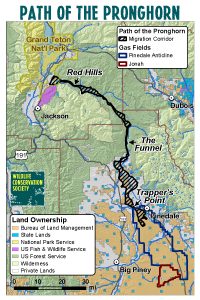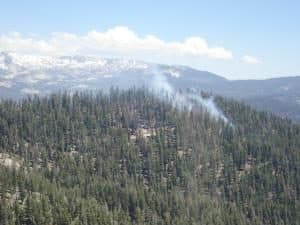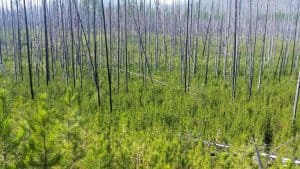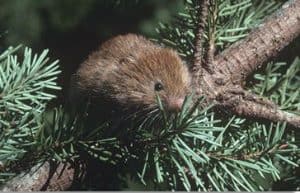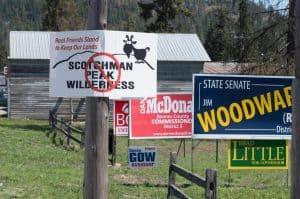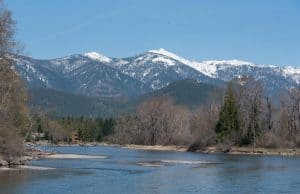
I’d be interested to hear thoughts on what specifically makes a good forest plan. It seems like they’re overly complicated and some of the direction is marginally relevant. Conversely, I’d be interested to hear what people think forest plans should avoid doing.
Any thoughts on whether there’s a mental filter to sift through the universe of topics a plan could address to those that are meaningful?
We used to have a great many discussions on planning back when we were bright-eyed and bushy-tailed. In fact, talking about our different views about forest planning was one of the reasons Martin Nie and I started this blog, almost 10 years ago. I’ll also admit I may be biased..I live near a forest that seems to be doing excellent and innovative work without having revised its 1984 plan.
Here’s what I said in 2011 in response to Dave Iverson’s piece on the three levels of planning..in which he quoted the Committee of Scientists on forest plans as a “loose-leaf notebook”:
At the risk of sounding like Andy (he of the KISS Rule, see tab above), those three levels are pretty much a myth. We can talk about oil and gas leasing decisions, which are neither plan nor project. Or travel management (not a “project” in the same way a fuels treatment project is). Not to speak of the comprehensive master development plans for ski areas (their desired conditions). There are forest-wide invasive species treatment decisions and fire use decisions. There are multi-forest “species” decisions like the grizzly bear and lynx. There are even projects that are multi-forest. like power line clearing. Or Idaho roadless, which was state-wide, even across FS regions.
I think the COS idea reflected reality; that there are overlapping layers of decisions that are constantly shifting – faster than NFMA 15 year plans can possible keep up with. The loose-leaf notebook is a great image. But the fundamental problem with their perceived NFMA tab in the looseleaf notebook:
“It can include regional guidance for conservation strategies relevant to the area; the strategic vision, policies, and multiple-use goals developed through large landscape planning, including the description of the desired future conditions ” are those darned DFCs. If they are too general (“happy healthy ecosystems”) no one knows what they mean; if they are too specific (30 percent ponderosa pine in the 20-40 year age class), in an age of climate, or other kinds of change (including insect outbreaks) they can easily become out of date before 15 years or 30 in the case of some forests..)
I often ask folks what bothers them about having an out-of-date forest plan; it is usually litigation because something in the plan has become difficult to achieve due to changing conditions.
As I’ve said before, if I had given the most recent COS group a charge, it would have been to figure out “What, if anything, is useful about NFMA planning? To whom is it useful? How could we continue doing the useful pieces, but more effectively and efficiently?
The most important things that I think plans do is “put lines on the ground” and decide what happens where in a way that travel management and oil and gas leasing decisions can follow. But lately it seems like folks do that through Wilderness or Roadless or Special Management Areas or Proposed Wilderness or … and not having a Plan Revision process is not a barrier to these. I do like the idea of “people sitting around talking and then monitoring results together” as described here in an effort to synthesize previous discussions.
And I agree with Dave Iverson here.
“You can only hope to accomplish anything when you are able to define the scope the problem (time, space, issues, etc.) into “decision containers” that people (stakeholders, administrators, etc) can get their minds around. It seems that traditional “forest plan” containers are hopelessly over-filled when land management zoning, land management goals and objectives, program goals and objectives, and related “standards and guidelines” are all in play — and “in play” in a spatial container that isn’t really relevant to many of the objectives at hand.”
So here we are eight years after these discussions with a new NFMA Rule and new plans.. what are people currently thinking in answer to Josh’s question? I’d particularly like to hear from commenters from outside the FS who have participated in plan revisions.
